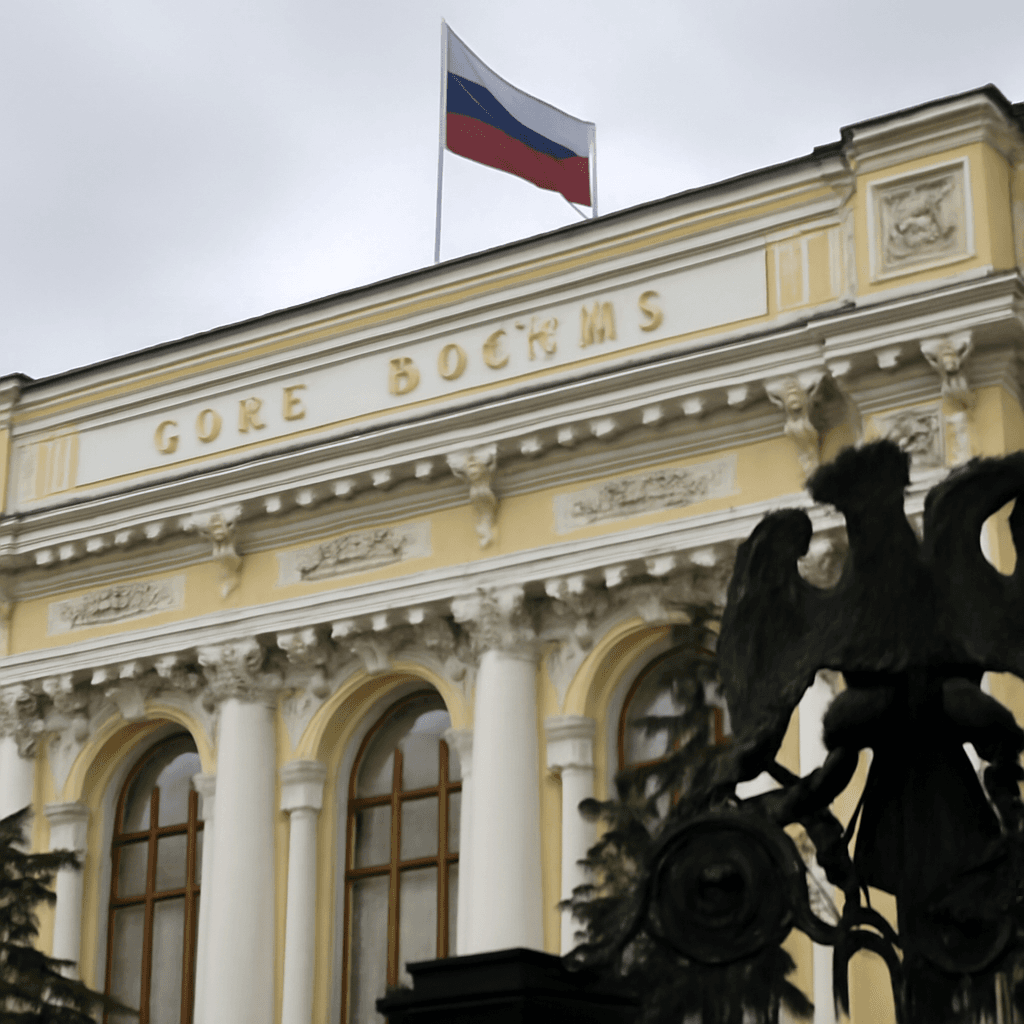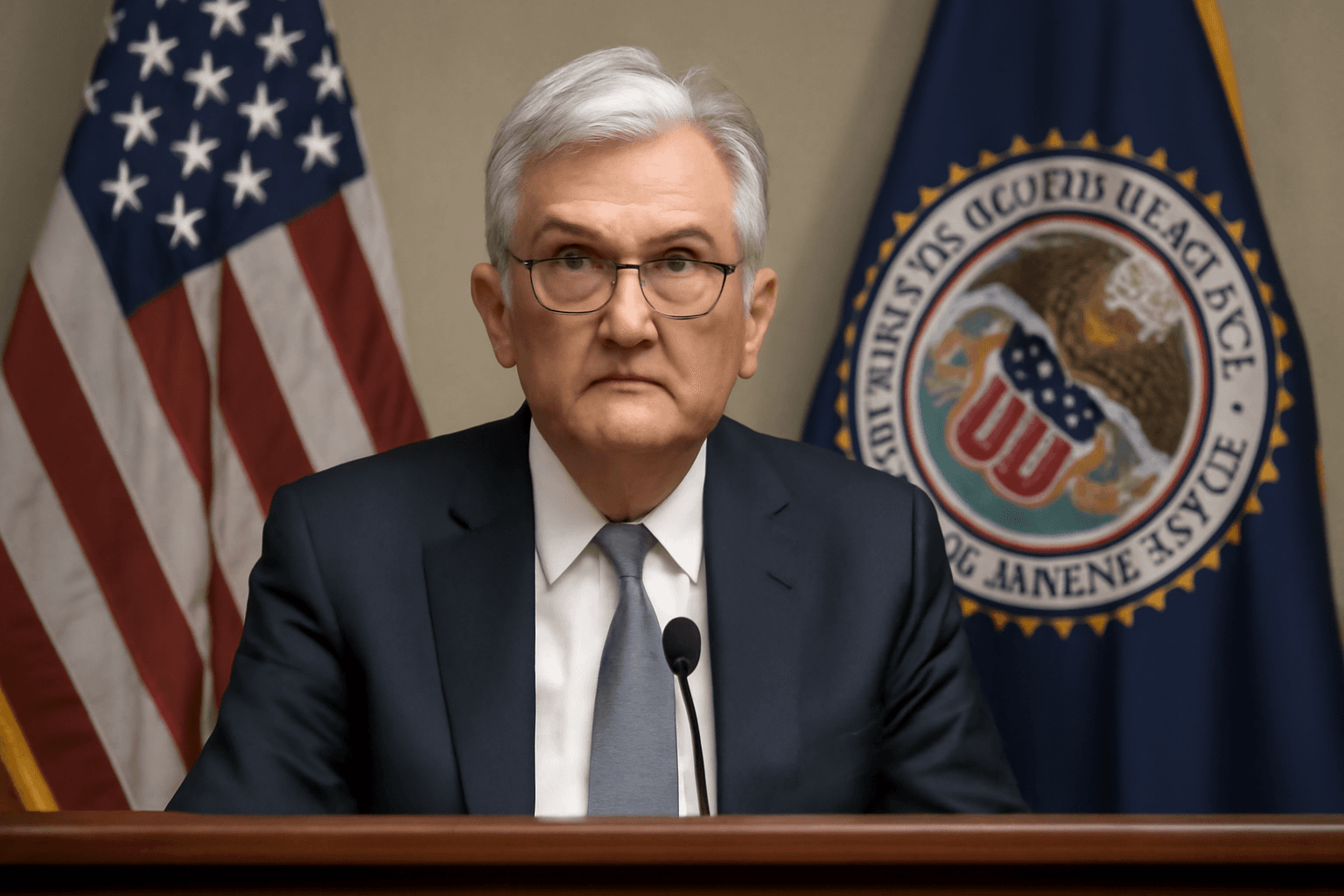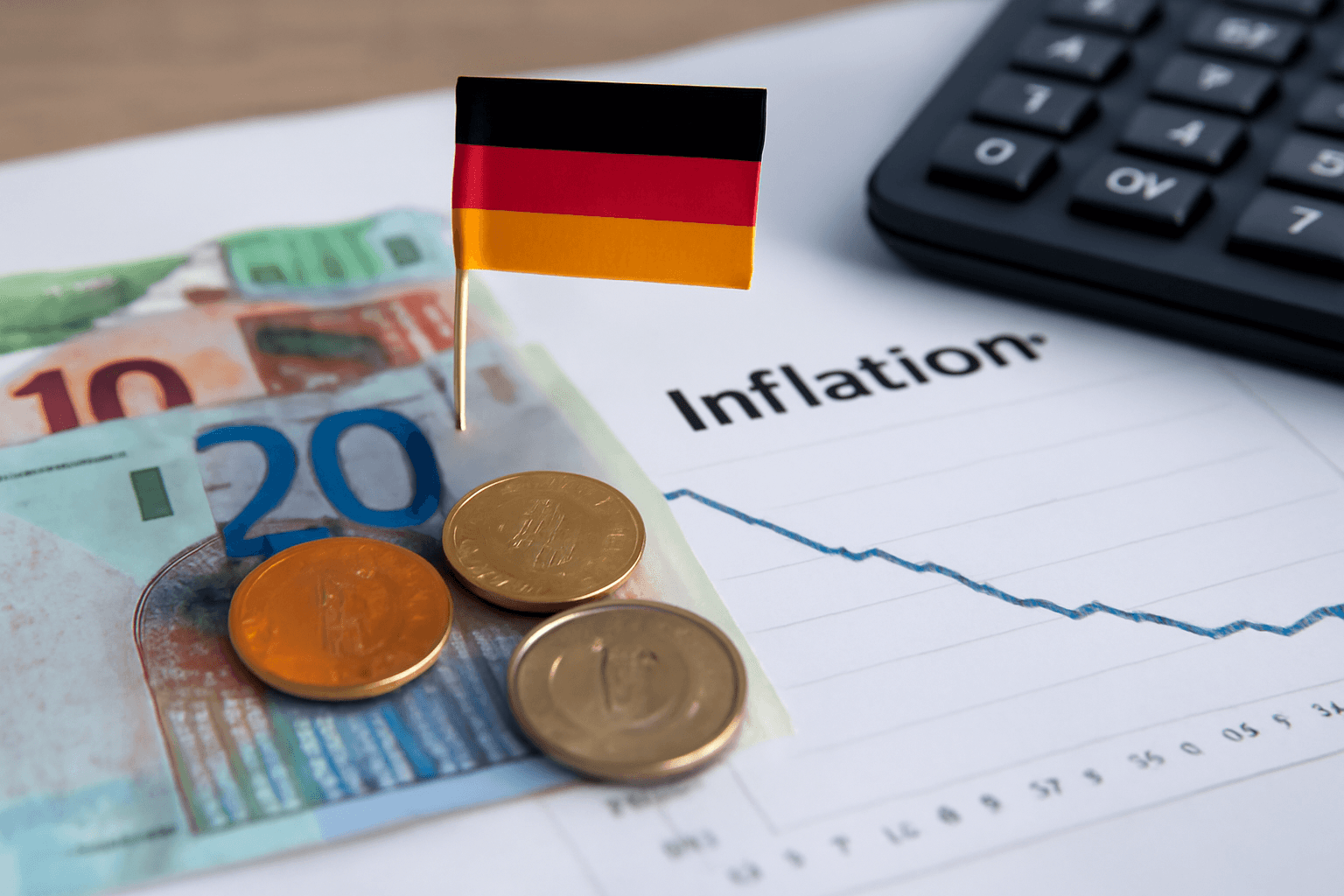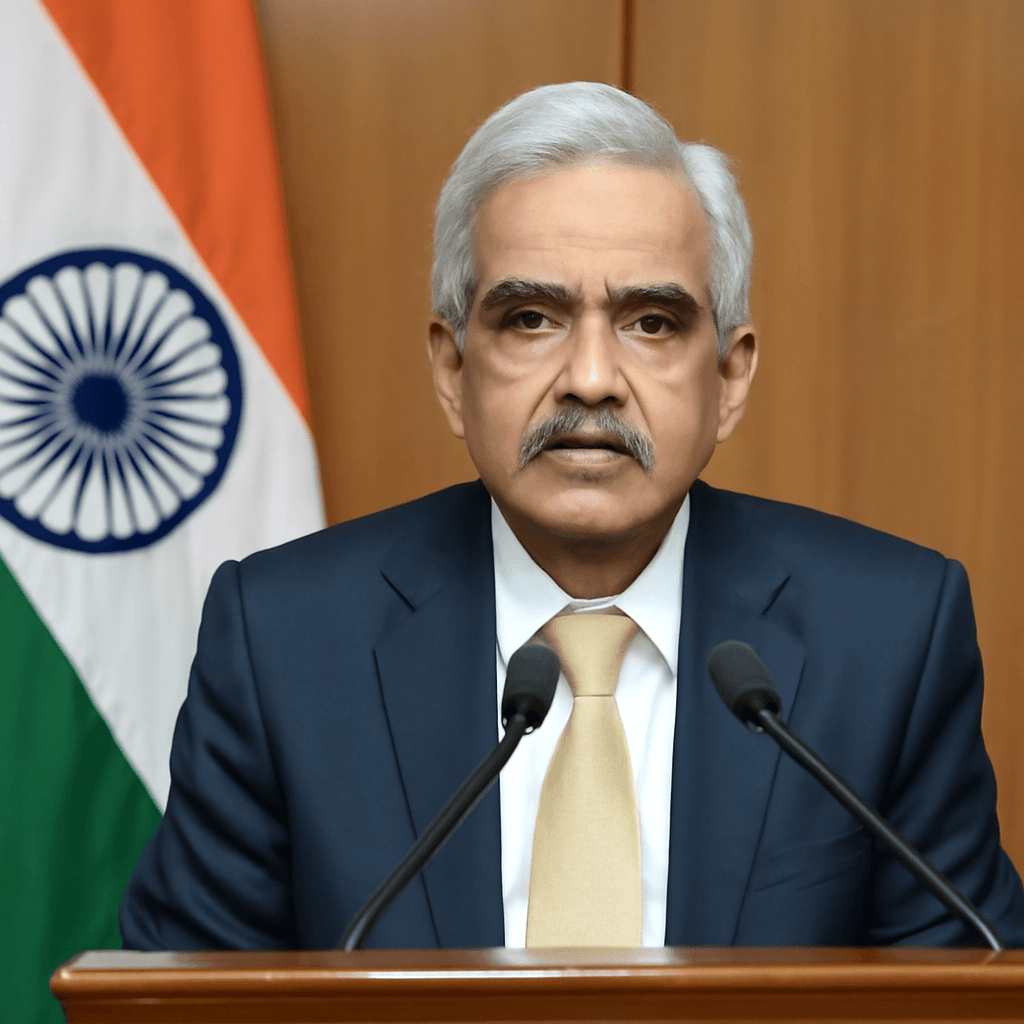Australia's consumer inflation rate remained steady in April, as increased expenses in health and holiday travel balanced out a decline in petrol prices. The Australian Bureau of Statistics reported that the consumer price index (CPI) rose 2.4% year-over-year in April, consistent with the previous month and slightly above the median forecast of 2.3%.
The core inflation measure, known as the trimmed mean, edged up to 2.8% annually in April from 2.7% in March. Similarly, a measure excluding volatile components and holiday travel costs also increased to 2.8% from 2.6%. Despite these upticks, inflation figures stayed within the Reserve Bank of Australia's (RBA) target range of 2-3%.
Market responses were subdued as April's data focuses primarily on goods prices rather than services, with goods prices rising only 0.9% compared to the same period last year. The Australian dollar remained stable at $0.6440, and three-year bond futures held steady at 96.60.
EY Chief Economist Cherelle Murphy noted, "The monthly CPI reading is not comprehensive, as it mainly measures price changes for durable goods like clothing and household items, while many service prices remain unchanged." She added that the RBA is likely to pursue further monetary easing due to reduced inflation risks amid ongoing global policy uncertainties.
Financial swaps indicate a 65% probability of an interest rate cut at the RBA's next meeting in July, with expectations for further easing after the release of the second-quarter CPI report in late July.
Last week, the RBA lowered the cash rate to a two-year low, citing subdued domestic inflation and rising global trade uncertainties as factors allowing room for additional easing measures.
Meanwhile, the labor market has demonstrated resilience, generating steady job growth and maintaining a low unemployment rate of 4.1%. Wage growth remains modest, suggesting limited threat of a wage-price spiral.
Key components influencing April’s CPI include a 4.4% increase in health costs driven by health insurance premium adjustments, and a 5.3% rise in holiday travel and accommodation expenses linked to heightened demand during Easter and school holidays. Conversely, fuel prices dropped 12% year-over-year.
Rental price growth slowed to 5.0%, the weakest annual increase since February 2023, signaling potential easing in inflation pressures. Electricity costs declined by 6.5%, aided by government rebates on power bills.














